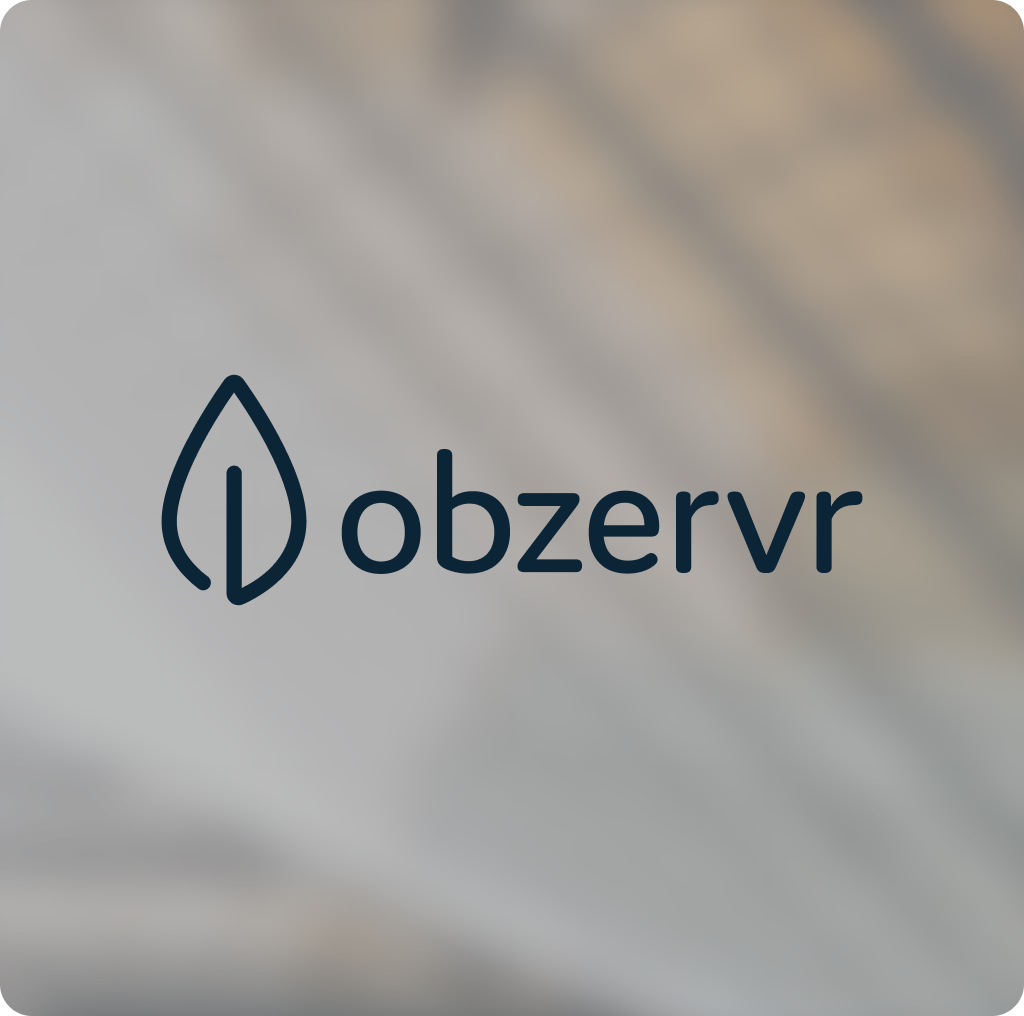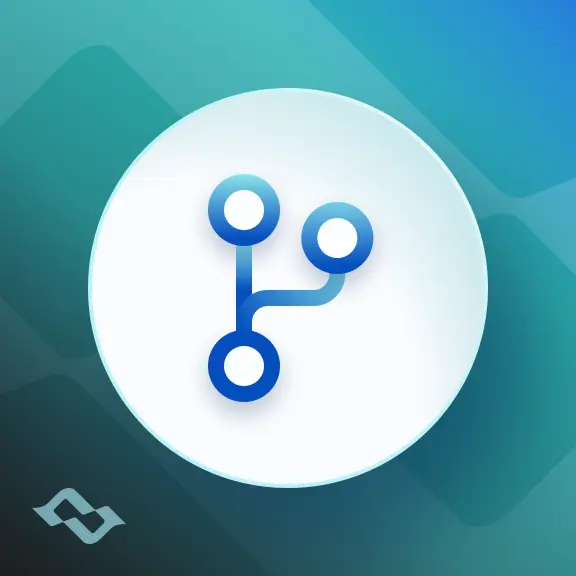If your business and technical teams live in different tools, collaboration can feel like playing broken telephone. Your engineering and technical teams are sprinting ahead in Jira Software, while your business and product teams are planning and tracking progress in Asana. Without a bridge between them, updates get lost, due dates slip, and people waste hours chasing information instead of getting work done.
This is where the Jira Asana integration comes in — and not just any integration, but one that’s designed for the way your teams work. With Getint, you can connect Asana and Jira in a way that allows two way sync of tasks, comments, custom fields, attachments, and more, so both sides can work seamlessly without ever leaving their preferred platform.
In this guide, we’ll walk you through everything you need to know — from the “why” to the “how,” with real-world examples, best practices, and tips to make your integration a long-term success.

Why Connect Jira and Asana?
If you’ve ever tried running a product launch where developers worked in Jira Cloud and marketers worked in Asana, you know the pain points:
- Duplicated effort because someone had to manually create tasks in both tools.
- Missed updates because comments didn’t sync.
- Confusion over which asana project or jira project had the most relevant information.
- Misaligned priorities when due dates and statuses didn’t match.
By using a proper asana integration, you can:
- Automatically create new Jira issues from new Asana tasks (and vice versa), and synchronize tasks and subtasks between Jira and Asana.
- Keep associated Asana tasks updated as work progresses in Jira.
- Share specific fields and custom fields to preserve context.
- Let both technical teams and business teams track progress without switching tools.
How Getint’s Jira Asana Integration Works
Think of Getint as a smart translator between Asana and Jira Software Server, Jira Cloud, or Jira Data Center. It connects the APIs of both apps, listens for changes in one, and updates the other — in real time or on a schedule, depending on your configuration.
Here’s what happens under the hood:
- You connect Jira and connect Asana to Getint with your Jira account and Asana account credentials.
- You define what should sync — tasks, comments, attachments, custom field mappings, etc.
- You choose your sync direction: one-way, two way sync, or a vice versa setup for certain fields only.
- You hit “Enable,” and from that moment, both tools are kept in lockstep.
The beauty of Getint is that it works with all Jira deployments — Jira Cloud, Jira Software Server, and Jira Data Center — and doesn’t require heavy coding. You can customize the integration without being a developer.
Step-by-Step: How to Set Up Jira Asana Integration with Getint
Let’s break it down into a practical walkthrough.
1. Sign Up and Install the App
You’ll need the Getint app, available on the Atlassian Marketplace for Jira Software. This ensures you’re using a secure, certified connector and setting up a connection correctly.
2. Connect Jira
From the Getint interface:
- Navigate to Connections.
- Select Jira integration and choose your deployment type (Jira Cloud, Jira Server, or Jira Data Center).
- Log in with your Jira account and authorize access.
3. Connect Asana
- Navigate to Connections again.
- Select Asana integration.
- Sign in with your Asana account credentials.
- Allow access so Getint can read and update your asana data.
4. Create Your First Sync
- Navigate to New Project in Getint.
- Pick Asana to Jira or Jira to Asana, or set up a two way sync.
- Choose which asana project and jira project to link.
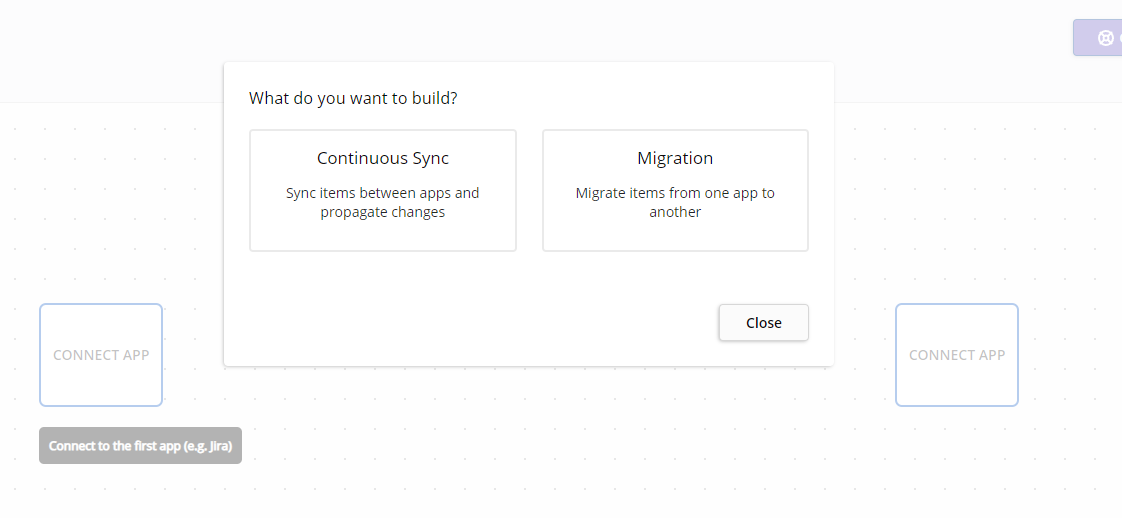
5. Map Your Fields
This is where you decide exactly how information flows:
- Map standard fields like title, description, and due date.
- Include custom fields to keep unique context intact.
- Create custom field mappings if you have unique workflows.
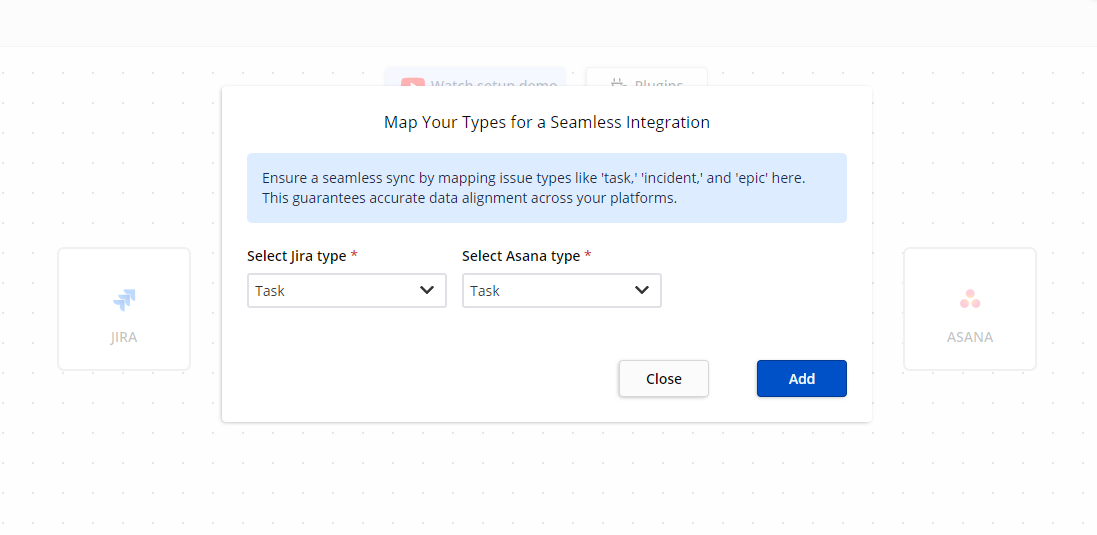
6. Define Rules and Filters
Want only certain new Asana tasks to create new Jira issues? You can set a new rule to filter by label, assignee, or status. This avoids clutter.
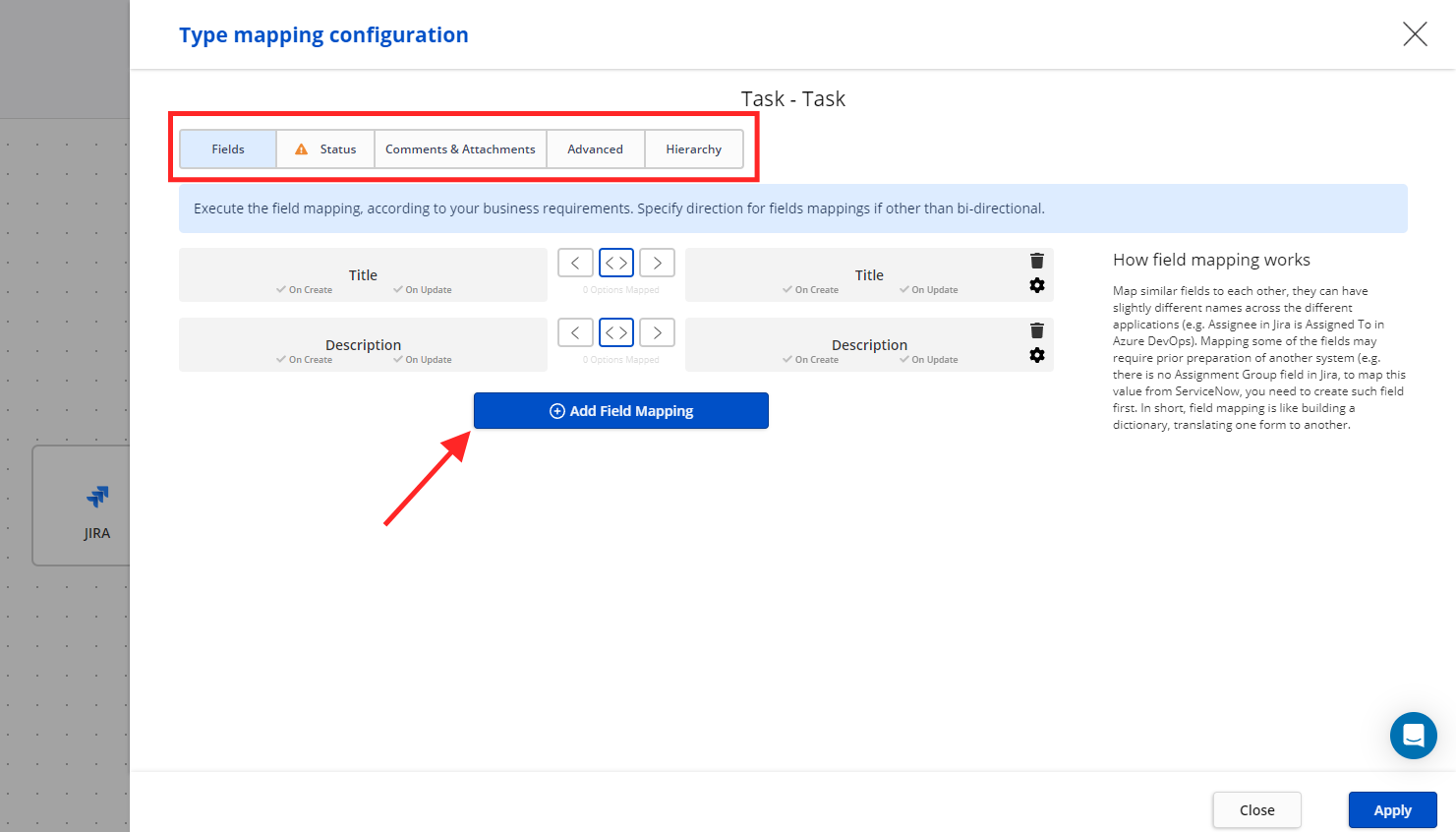
7. Enable and Test
Before going live, run a test to see if the integration updates an updated task properly. Once satisfied, enable the sync.
What You Can Sync Between Jira and Asana
With Getint, you can sync comments, attachments, statuses, priorities, labels, and almost any data field your team needs. Here’s a closer look:
- Tasks / Work Items – Create, update, and close tasks and jira work items from either side.
- Comments – Keep discussions aligned by syncing them in both directions.
- Attachments – Share files without worrying about which tool they live in.
- Custom Fields – Maintain context for unique workflows.
- Sprints – Use sprint sync to align agile timelines.
Example Use Cases
Marketing and Development Collaboration
A marketing team in Asana plans a campaign while the dev team in Jira Software Server builds a supporting landing page. As soon as a new task is added to the asana project, a linked jira issue is automatically created for the developer. When the developer marks it done, the associated Asana tasks close too.
Multi-Team Product Launch
Business and technical teams often need to sync for a product launch. A new Jira epic creates asana tasks for the content team. Both sides see the same progress without duplicate updates.
Check out Getint's success stories.
Tips for a Successful Integration
- Start small – Begin with one asana project and one jira project to test workflows.
- Customize for clarity – Don’t sync everything; only share what’s truly needed.
- Document your setup – So new team members can navigate the integration quickly.
- Review regularly – As workflows evolve, your sync settings may need tweaking.

Why Choose Getint for Jira Asana Integration?
- Full deployment support for Jira Cloud, Jira Software Server, and Jira Data Center.
- Flexible customization of fields, filters, and sync rules.
- Secure and compliant with ISO 27001, ISO 27018, GDPR, and SOC 2 Type II.
- Friendly support to help you navigate any challenge.
When your Asana and Jira integration is set up right, everyone saves time, reduces errors, and keeps focus on what matters — delivering great work.
Ready to connect Asana and Jira the smart way?
Book a demo with Getint and see how seamless collaboration can be.





